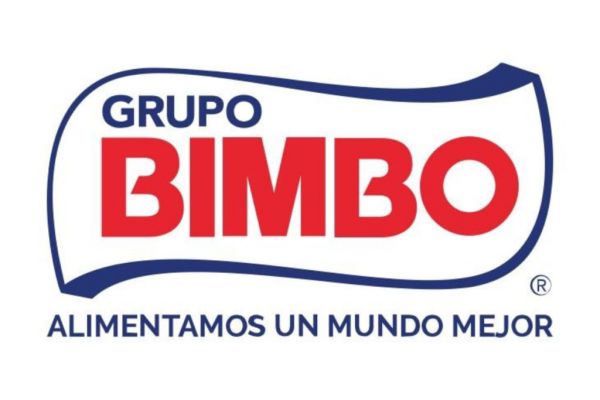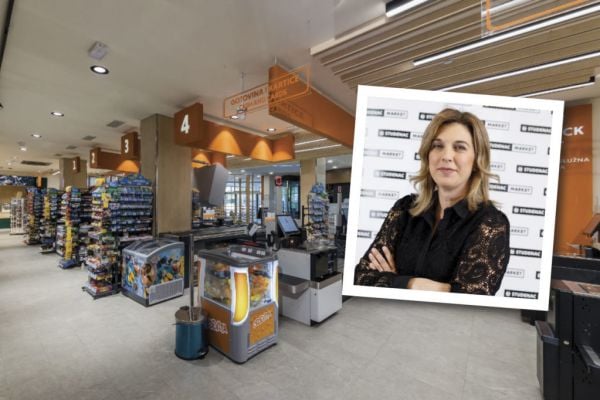The past decade has seen an astonishing expansion of the products and services offered by supermarkets, with clothing, electronic goods, holidays, mobile-phone contracts and much more added to the traditional grocery ranges available in store, writes Adrien Nussenbaum, co-founder of Mirakl, provider of online marketplace technology.
Supermarkets’ online stores have also expanded to reflect this broader product offering, with many aiming to be the ultimate one-stop shop, where customers need not leave their website for any of their shopping needs.
But making a profit from online is a challenge for many grocers.
A typical grocery basket would be around £75, with its margin around 24 per cent, but the net margin may be as low as 3 per cent, after the delivery and other costs are taken into consideration. So a number of European (and worldwide) supermarkets have launched their own online marketplaces, which bring together buyers and sellers of additional products under the main supermarket brand.
Amazon Marketplace, accounting for more than 50 per cent of Amazon’s business, is the most famous example of an online marketplace, but the model is also highly suited to supermarkets. A marketplace allows increased products without inventory constraints, better service and product choice for customers, and more profit for the supermarket, so it is a rewarding way of expanding their offering and ensuring shoppers stay on their website.
Auchan in France, Woolworths in Australia, Walmart in the US and many others have projects under way that span B2B, B2C, fresh, dry/semi-dry, non-food and new business concepts such as hyper-local and international expansion at sudden scale.
But setting up a marketplace is technically complex, and any supermarket should ensure that it gets the appropriate technical and business help.
So just what should a supermarket be looking for when implementing its own marketplace and ensuring it reaps the full benefits from this new channel?
A good marketplace solution must fit with a supermarket’s brand completely, ensuring the same customer experience as in existing online or offline channels. Even though more than half of Amazon’s business is conducted via its marketplace, the shopping experience remains 100 per cent Amazon. The same should apply to a supermarket. Any business’s brand is important, and a supermarket may be well known for particular brand qualities, and any marketplace must reflect that.
There are thousands of sellers out there who would love to benefit from the additional sales opportunities that come from being listed on the marketplace of a major supermarket, but that supermarket must decide what it wants from a seller. Is it to offer customers a simple grocery product extension, offering a new farmers'-market-type service or expanding the non-food product range?
A supermarket must then assess just how reliable and suitable each seller is. Identify the key attributes sought in a seller – type of product, ability to deliver on time, compatibility with existing products – and put in place a checklist that will allow an assessment as to whether that seller is suitable or not.
One of the key benefits of a marketplace is to ensure complementarity and long tail, and having a varied and exhaustive product offering can play a big part in that. Deploying a marketplace allows a supermarket to branch out into new product areas that it might not be generally known for, to test the water and see if those products are popular with its customers. There is no reason why a large multinational supermarket couldn’t provide a hyper-local service, offering locally produced, organic goods, for example.
Some marketplaces I have seen are buried away on the website. They are hard to find, poorly signposted, and are therefore not likely to succeed. A marketplace needs to be clearly available on the home page and, as per the first point, as closely integrated with a supermarket’s existing brand as possible.
Marketplaces have the potential to change the way a supermarket operates, linking the online and offline channels. If a product works particularly well in the marketplace, then it could easily be offered as a physical product in store, too. Using online to encourage customers to the store is also a key way of reducing costs, with click-and-collect-type initiatives. Extending a range with high-margin, specialty or hyper-local goods and big-ticket non-food items is a good way to boost these initiatives.
Product selection is widely cited as the primary driver for a supermarket adopting a marketplace strategy, but the model does offer many other advantages, too. These include incremental revenue and margin, reduced costs, improved customer service, and a new way to test and feature products that are otherwise restricted. Following the tips outlined above will set any supermarket on the path to marketplace success.
Author: Adrien Nussenbaum, co-founder of Mirakl, provider of online marketplace technology, writing for ESM.
@ 2014 ESM – European Supermarket Magazine To subscribe to ESM magazine, please email [email protected].














